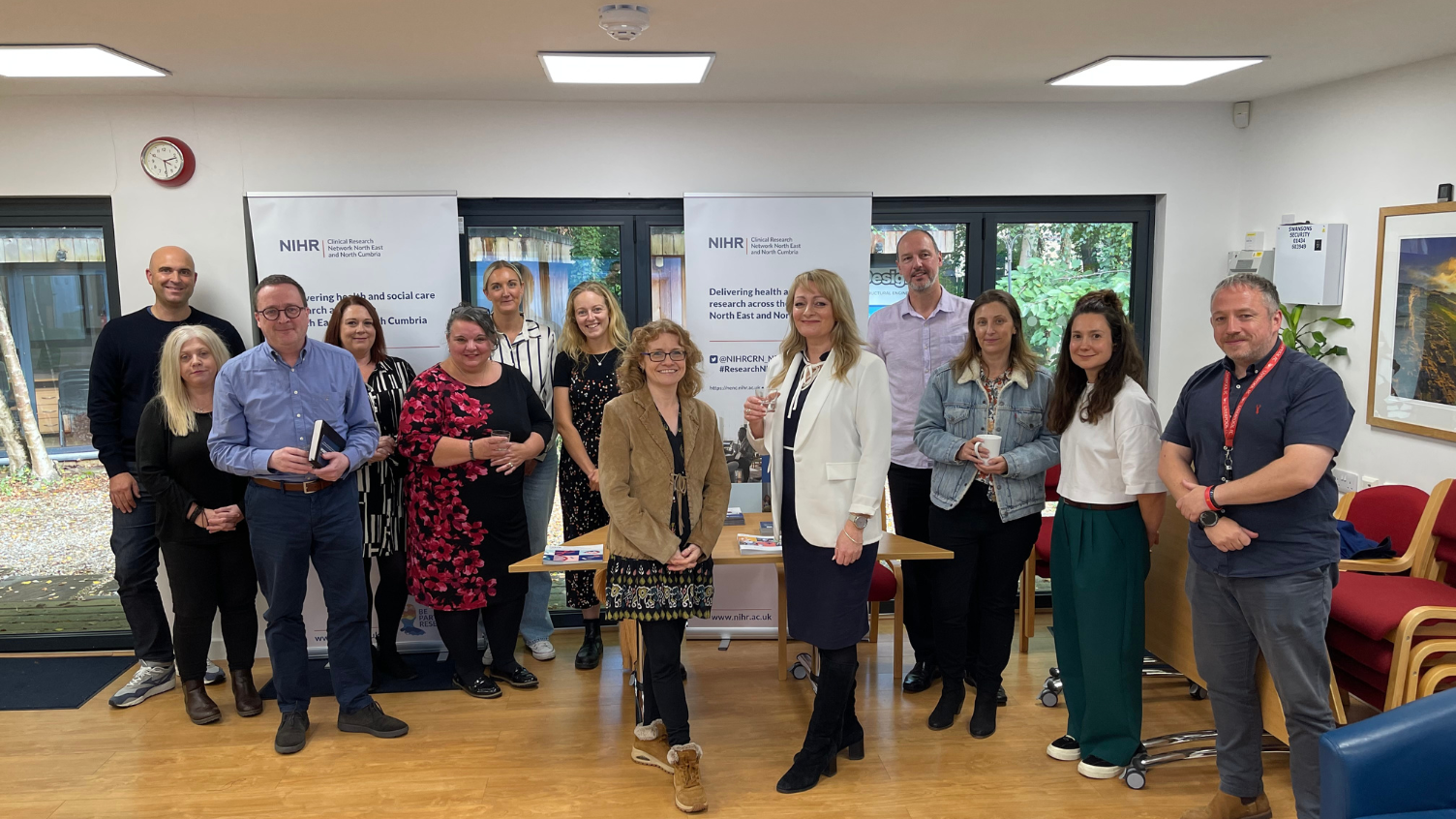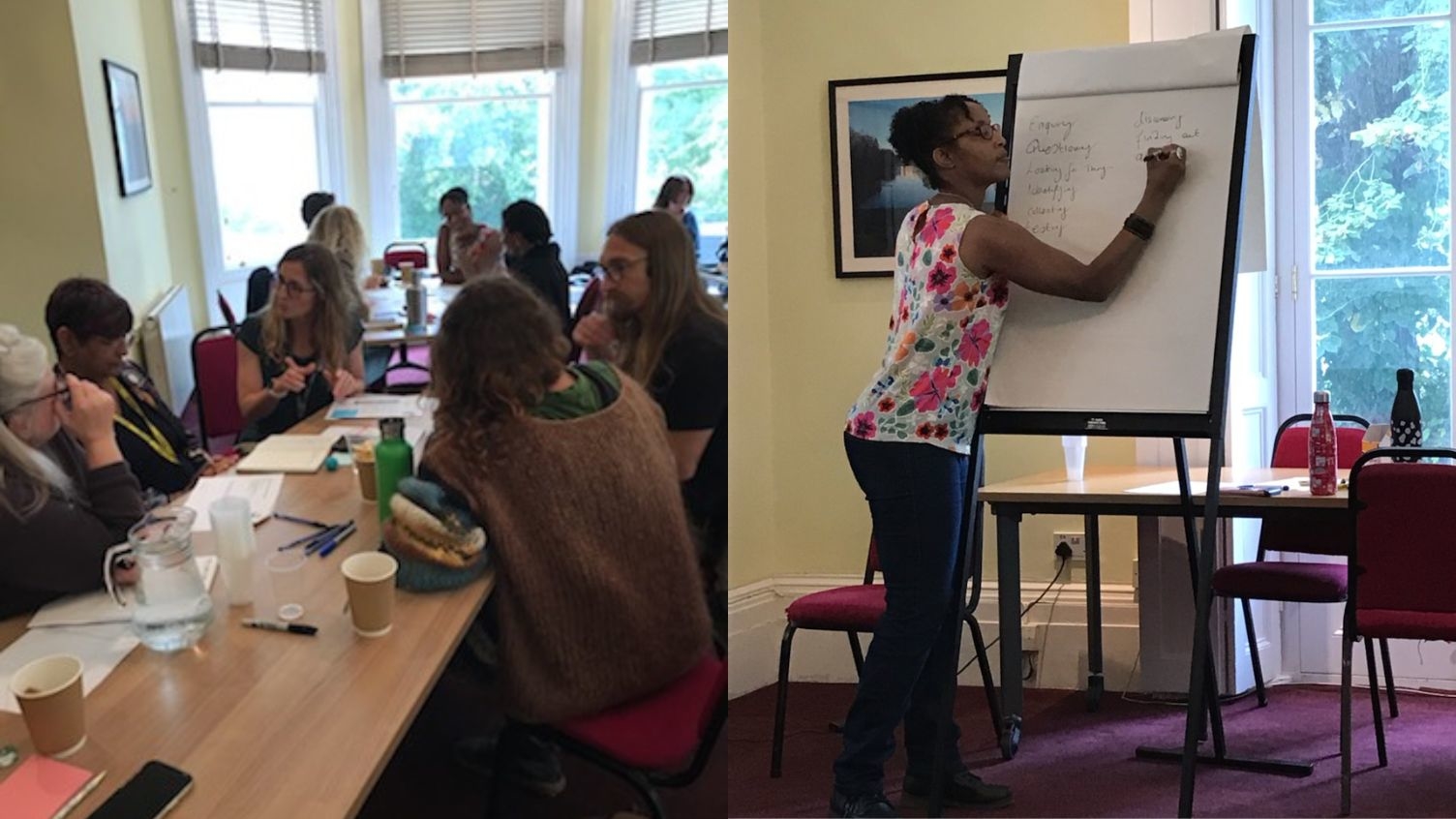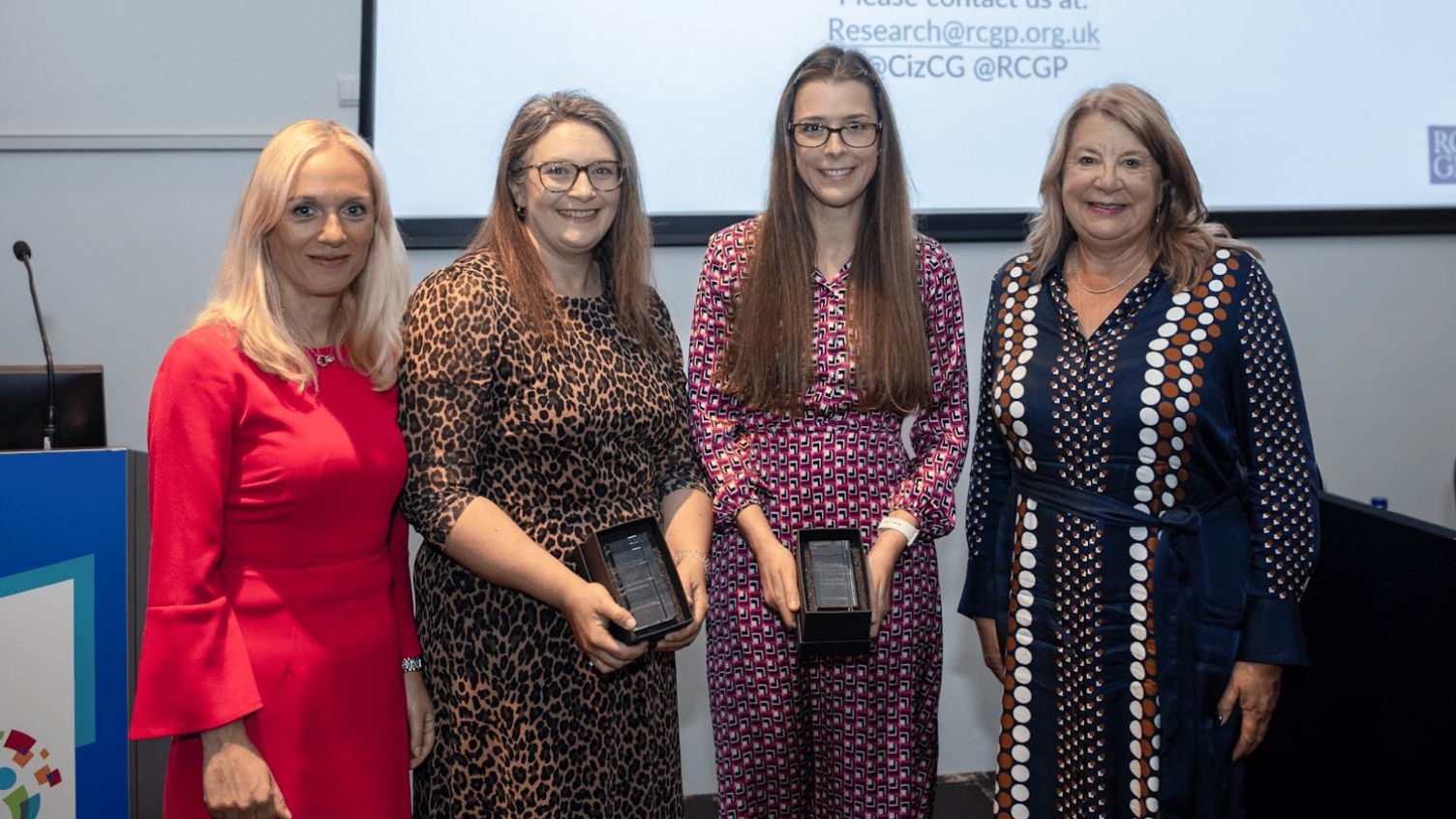Our Research Revolution
- 08 November 2023
- 5 min read
Our Research Revolution
We are launching two new buses to help deliver health and care research across Wessex.
These mobile clinics will carry everything we need to run a wide range of studies.
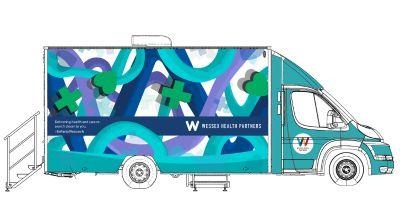
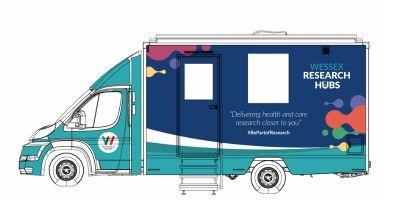
We’ll park them in community centres, outside supermarkets and in other easy-to-reach places. It’s a really exciting development, and something we believe adds up to a “research revolution” in terms of how we serve our local communities.
The two 3.5 ton vehicles began life as a blank canvas - and developing their design took us on a real journey. As this project was an ideal opportunity to involve the public in our work, we’re keen to share how we went about this.
Why buses?
We know from feedback our participants can find it a challenge to travel to hospitals, park and then walk around these large sites. Taking research out on the road and into the heart of local communities is one way to try to respond to this need.
In particular, being mobile will help us reach people and communities who have historically been under-represented in research. This includes ethnic minority groups, older and isolated people, those living in socially and economically deprived areas, disabled and gender diverse people.
As Steve Bond, public contributor at CRN, puts it: “These buses will make it much easier to take research to the people we are currently missing. Now we have a means to start really engaging with them, to ensure health and care research in Wessex is relevant for everyone.”
Designing the Look and Feel
We want our buses to have the widest appeal possible. To get this right, we decided to ask for help from members of the public. As Kelly Adams, Deputy Chief Operating Officer of Clinical Research Network Wessex, explains: “Research repeatedly shows the most effective way to tackle health inequalities is to involve communities in the design and development of services - it’s all too easy just to go with what we want, rather than asking people what they need.”
The next step was to interest members of the public in coming on board with this project.
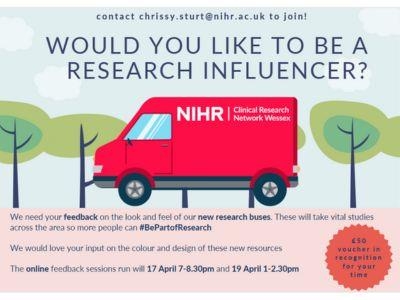
This advert was circulated with the help of our NHS partners and the response was overwhelming.
What is a Research Bus?
Helping our new “research influencers” understand the project was a challenge because at this stage, the buses didn’t exist in any form beyond a floor plan. To bring them to life, we made a three-minute introductory video using a similar sized research van.
The forums were held online, and from the start there was great support for our buses. “It’s taking the strain from the patient,” commented one. “Hospitals are very stressful places, even more so right now. These buses seem a more user-friendly experience.”
The sessions were also a stark reminder that our work is complex, and not easily conveyed. As one commented, “when I hear the word research I think of history, and not medicine or health or social care. I don’t think most people will understand what a research bus is.” Another simply said, “You’ll need to work hard at getting me on board.”
These observations were invaluable - a reminder not to make assumptions, they helped us stay focused.
The next stage was to present a variety of existing healthcare vehicles, and garner reactions.
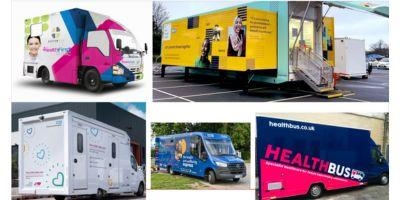
We then tested different colour palettes, logos and catchphrases. The sessions included interactive polls and voting, so people could express their preferences.
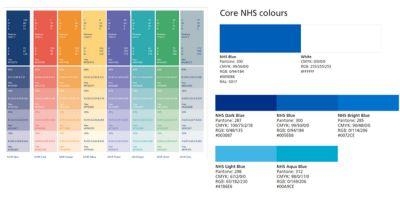
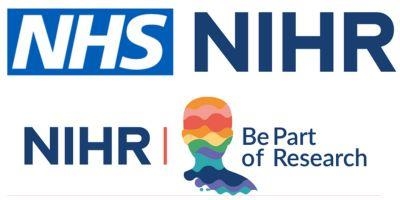
We ended these sessions with a series of open questions, encouraging people to freely express what their ideal research vehicle would look like.
Creating a Design Brief
From these responses we developed a detailed brief to convey our main design aims:
A need for clarity - it must be obvious at first glance what the vehicles are for
A need for reassurance, friendliness, calmness
A strong dislike of anything white, too clinical or sterile
A strong preference for a bright, bold, high contrast design
This brief was presented to two groups:
An established supplier we work with, Headfudge Design
Students from BA (Hons) Interior Architecture and Design course at the Arts University Bournemouth (AUB)
Bringing Students On Board
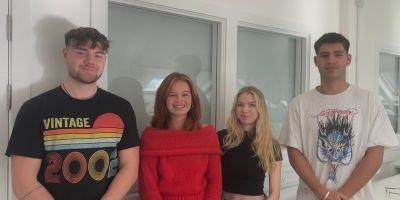
Working together on design projects gives students real-life experience of client handling and project development. And for us, it’s another way to involve the community in our work and enrich our public engagement.
The students represent a much younger demographic than those who tend to come forward to take part in our studies, and involving them was a unique opportunity to ensure the design had broad appeal.
The student design team fully embraced our intention to use the buses to engage with communities under-served by research. They used this as the basis for their design, researching street art and urban artists to help inform their ideas. We were really impressed with the way they understood the brief, and their commitment to our overall aims.
“We’re very proud of the students' achievement,” reflects course tutor Jamie Yeates. “We believe the final design captures the values of engaging underrepresented communities for the future of health and care research.”
Refining the Design
Over the following weeks various designs went backwards and forwards. At each stage we consulted with our research influencers and canvassed views from communities under-served by research in Bournemouth, Portsmouth and Southampton.
With the help of colleagues in NHS Trusts across Wessex, our two designs were reviewed by 140 people. This amounts to a thorough road-testing of the visuals, and is the most comprehensive consultation CRN Wessex has ever undertaken.
As Christine McGrath, Managing Director of Wessex Health Partners, says: “It’s been fantastic to work in partnership with the public in this way. We know involving people with lived experience helps to improve the quality, relevance and impact of our research.
“By backing both designs we’re giving ourselves the greatest opportunity to engage the widest range of communities possible. That means more people will have the chance to experience participating in research, and our findings will be more representative of our local populations.”
Thank you to everyone who took part.
The buses will be formally launched at a ceremony in the new year, and we can’t wait for our research revolution to commence.
